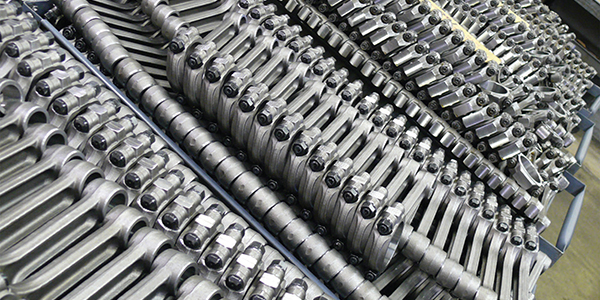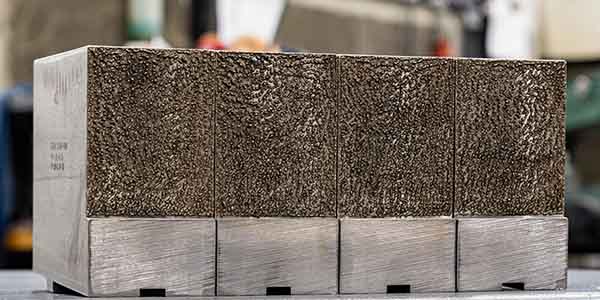This topic comes up every day,” says Craig Schenasi of Scat. “Customers ask, ‘Are you made in the USA? Are you made in China? Why should I buy it if it’s not made in the USA?’”
Truthfully, you’d be hard pressed to find many aftermarket engine components made entirely here in the States these days. It’s not a well-kept secret that our industry relies on many foreign countries to aid in manufacturing products. When you look at the parts coming out of China in particular, you can build a complete engine. Everything is coming out of China – camshafts, lifters, pushrods, rocker arms, cylinder heads, manifolds, carburetors, blocks, cranks, rods, pistons, oil pans, valve covers, timing covers, oil pumps – everything!
The state of manufacturing in general, and engine component production these days domestically, is forcing manufacturers overseas due to many factors. However, there seems to be a perception in the marketplace that only ‘Made in the USA’ products are legitimate. In fact, those products that are truly made entirely in the U.S. are unicorns among horses.
We decided to take a look behind the curtain to see how some of these components are really made, identify why they’re truly top-quality parts when done correctly, examine reasons why a poor perception exists, and discuss how engine builders and consumers alike can protect themselves against poor quality components.
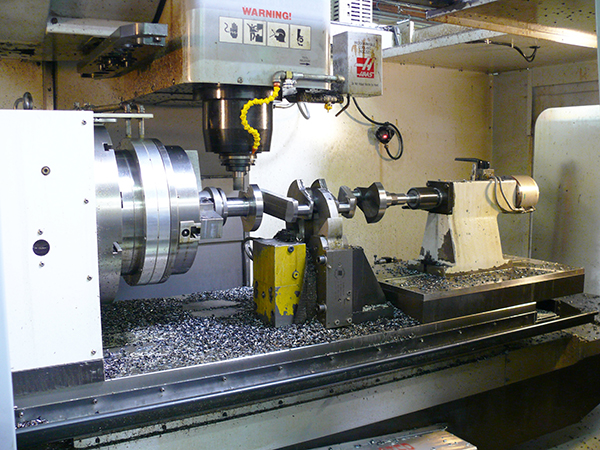
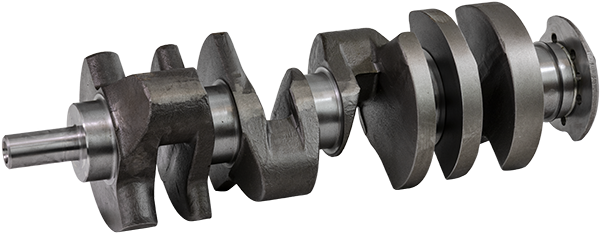
The Chinese Frontier
The performance industry was founded by individuals who made creative and innovative aftermarket products that solved industry issues or pushed the envelope further than before. With their own creativity, they came up with an idea, figured out how to test it, how to make it, and how to market it. These people started out with virtually nothing and built their businesses, and today many are internationally known for their products.
That type of creativity is constantly in danger of being ripped off by people looking to make a quick buck. Rather than doing it the right way, they simply copy it and look for the low-price manufacturer. The product gets out and it looks like what it’s supposed to be, so it must be identical, right? Well, that isn’t necessarily the case.
“The no-name stuff gives the whole industry a black eye,” says Tom Lieb, founder and CEO of Scat.
Lieb first traveled to China in 1990 in search of manufacturing due to the scarcity of crankshaft forgings here in the States at the time.
“In the ’80s and early ’90s, all of the steel mills, casting houses, foundries and machine shops that were capable of this work went out of business,” Lieb says. “As those places went out of business, we lost all of our tooling. China realized the huge void and that the finished product could not be made unless you had this tooling. The reason China rose to the top was because the cost of a forging die there in the ’90s was $15,000-$20,000 compared to $90,000-$130,000 here, and the cost of labor was cheap.”
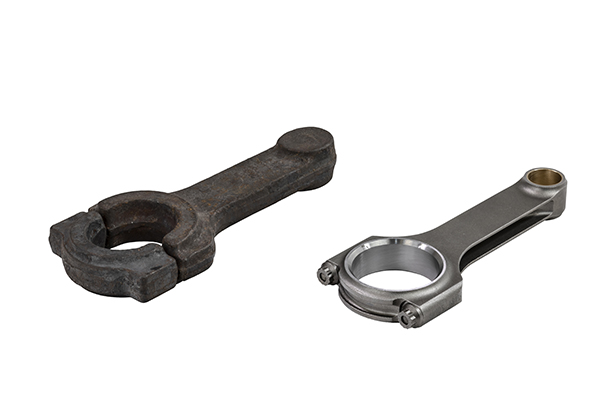
On Lieb’s 1990 China trip, he visited nine different factories. His challenge was to pick a factory that had the capacity and facility capable of manufacturing his parts.
“Back in those days, I was after just a cast 383 crankshaft,” he says. “That was my challenge. That’s why I went there – off of that crank, we could make a 400 replacement crank, a standard replacement 350 crankshaft and we could expand from there. If you could make a small block Chevy crank, then you could make a Ford or whatever also.”
Out of the nine factories Lieb visited, he selected just one. The first thing he had to do was get a handle on what the factory could do without messing it up. From there, he would finish the product in the U.S. It wasn’t a simple process.
“After three years, I couldn’t get any better than 70% reasonable parts,” he says. “We had a reject factor of roughly 30%. In 1993, I took another look at the factory that was number two on my list. We sat down and we went over things and we started working with that factory instead. We had to start over, but I didn’t lose sight of the original business model. In fact, that business model is the same business model we do today. We buy product in various stages and we finished it here. That’s the only way we can control the quality.”
Manley Performance has a similar story behind its relationship with China, where it manufactures certain connecting rods and crankshafts. Manley first went to China 20 years ago as part of a program with Ford’s SVT Cobra Mustang.
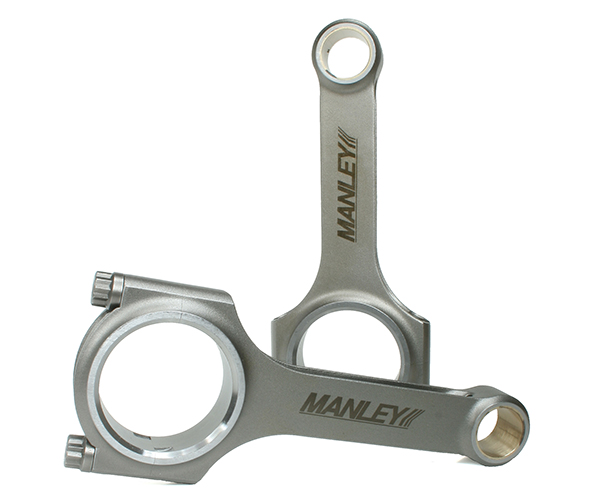
“We were supplying Ford with the connecting rods for the 2003 and 2004 SVT Cobra Mustang,” says Manley’s Michael Tokarchik. “Concurrently, we were also supplying Ford with an H-beam connecting rod for the Ford GT from 2004 to 2006.”
While China may be the current hot bed of manufacturing in our industry, many countries have supplied our industry over the years. Back in the ’60s, Europe was where you imported things from. Then Japan was added to the mix and then Taiwan, and then the rest of the world got involved – Korea, Brazil, South Africa, Canada and Mexico. As the world got smaller, cost drove everything.
“The issue with China was the same issue that we had originally with Japan – the state of manufacturing had to mature,” Lieb says. “Originally, Japanese product was viewed as cheap, junk product. As time went on, manufacturing got better and better, and now of course, Japan is labeled as a developed manufacturing entity. China has started the same way.”
The perception of Chinese product in some circles is that it’s low quality and the United States is automatically better. That may have been true in the beginning, but it’s not necessarily so today, say experts.
Seeing Behind the Curtain
In fact, because the United States has been manufacturing since the Industrial Revolution, much of the equipment here in the States isn’t up to date or is only partially up to date. China, like Japan when it started manufacturing, began in modern times. The equipment started out being more modern than what the U.S. had.
“China started from scratch using the most modern forging presses from Europe – much of it is better than the stuff that we have here,” Lieb says. “The factories now are slowly, but surely, converting over to CNC machines. As far as an advantage is concerned, China, Japan, Korea and Taiwan, all started with modern manufacturing, whereas in the United States, it has been a conversion.”
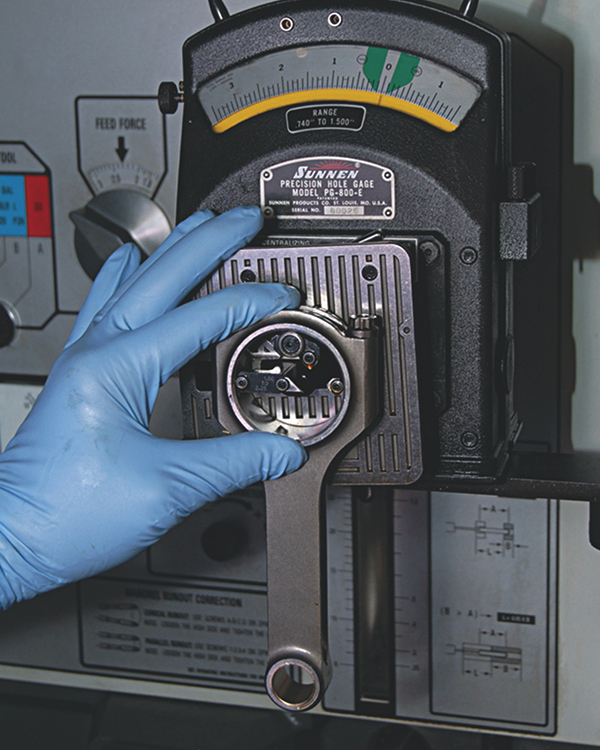
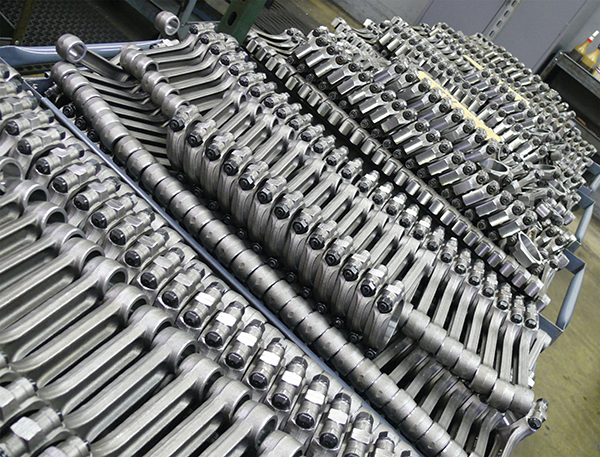
Although many Chinese factories have advanced and done very well under tough circumstances, as the value of the parts goes up, manufacturers like Scat choose to maintain control over the quality of the parts by finishing them here in the U.S. For instance, Lieb says Scat will never buy a connecting rod from China that is 100% finished.
“We do all the finishing here because that’s the only way we can control the sizing,” Lieb says. “They don’t have the proper equipment to do it. With a cast crank that was finished in China, we will inspect it and make sure it matches the spec. If it doesn’t, then we’ll rework it or we won’t ship it. That’s the key. We guarantee that a crank doesn’t leave here if it’s weird or out of shape.”
According to both Lieb and Tokarchik, Scat and Manley work with their Chinese manufacturing partners in similar ways. Both will have some portion of the part manufactured overseas, but will always finish the process here in the States at their respective facilities. Concern is with other parts suppliers, that, instead choose to cut those “quality control” corners.
“Some of our competitors will have their overseas suppliers produce the part in its entirety, and so they’re simply taking it out of the box that they receive it in from China, putting it in their own box and shipping the part with no control over the process or the quality,” Tokarchik says. “We don’t take that methodology.”
Rather, manufacturers like Manley and Scat strive to achieve the best quality components for their customers by ensuring the quality is there.
“With certain parts in our product line – like the cast cranks, forged cranks and connecting rods – we’re starting with the source of the raw material in China,” Lieb says. “We bring a lot of cranks in that are just a raw forging and they’re totally machined and heat treated here in the U.S. On the other end, we bring in cast cranks that are machined and heat treated completely in China and checked by us here in the States.
“That’s the difference between a $2,000 crank and a $150 crank. On the billet side of it, the steel that we use is manufactured by Timkin in Canton, Ohio. They make all the billet steel for us and the alloys. As far as the heat treating and the machining, that’s all done right here in downtown Redondo Beach, CA.”
The key to that level of quality using Chinese manufacturing is in the relationship with your Chinese partners.
“If you don’t travel to China and if you don’t interface with the actual principles of the factories and instead you deal with trading companies, then you could have problems,” Lieb says. “In our case, the factories that we deal with have all been certified by the Big 3 because we supply the Big 3. They use us because they know that we have the control based on our understanding of what they’re capable of. The key is not making them conform to us. The key is us conforming to them.
“Many have followed our model of maintaining the quality by matching or marrying the two countries together, each one doing what they do best to give the customer a good product.”
False Perception
While a majority of the companies dealing with China for manufacturing are following the models of Scat and Manley, it’s those that don’t that fuel the fire of poor perception of products coming from China and other countries versus the U.S.
“If you back out of your United States shoes and take a broader look at manufacturing in general it’s clear – you have good people here and bad people here and you have the same in China,” Lieb says. “The problem is the perception of quality has been put in place by people here more so than China. People have gone over to China and handed them something to copy or they handed them a blueprint and they expected it to come back exactly the way they want it. In many cases, the people who do that have not done the basic homework of surveying the people they’re giving the job to. They’re not in a position over here to support the factory because they don’t have this history of manufacturing.”
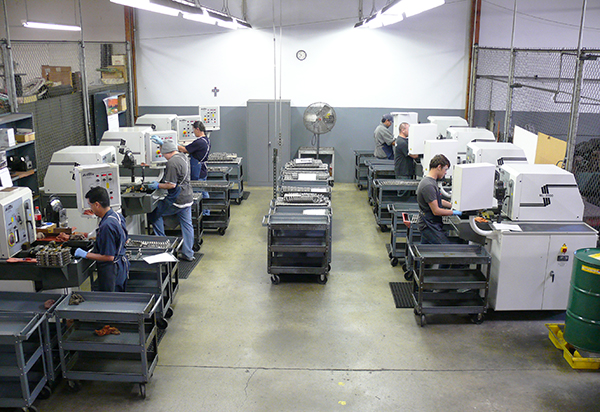
If you get an oil pan with bolt holes that don’t line up or a cylinder head that won’t allow the exhaust manifold bolts to fit or a crankshaft that is out of stroke, undersized or tapers – those problems are the fault of the people selling that product because they didn’t sit down with the factory and spend time with the factory to explain what they want and why, experts warn.
“You as the facilitator of Chinese manufacturing parts have to be in control,” Lieb says. “The people who have gone over there and have had trouble and are putting junk in the marketplace, I wouldn’t blame China as much as I blame those people.
“The message is that you as a customer, as Mr. Hot Rodder or racer buying a part, you should buy a part from a reputable manufacturer instead of a no-name product. With no-name products, you don’t know where it’s been. You don’t know what or who is behind it – you have no idea. They may not have the expertise to design the crank, inspect the crank, make sure it doesn’t have an issue, and they likely don’t have any system in place for fixing it. You as a customer become the guinea pig,” says Lieb.
“A seasoned manufacturer that has a reputation to protect will instead be concerned about those details. In our case, we don’t want to send a product to a customer that we know has the potential of being goofy for some reason or another,” he says. “The perception of Chinese products, or really anywhere else in the world, comes down to the globalization of business, which include both the procurement and the sales of product globally. Global business has grown and so has global sourcing.”
It doesn’t matter what country or what part of the world a part is coming from, Tokarchik says. “It really depends on how you work with the supplier for them to maintain the level of quality and the level of product that you expect to receive. If your methodology is such that you can train a supplier and you could put controls in place – quality systems, manufacturing controls, process controls – the globalization is really not a concern.
“A ‘Made in China’ sticker doesn’t necessarily mean it’s inferior,” Tokarchik concludes. “It could be, but really that’s the responsibility of the organization procuring it from China to make sure that the producer of those products is meeting the goals in terms of process, process control and quality. If that’s the case, then geographically, it doesn’t matter where it’s made.”

